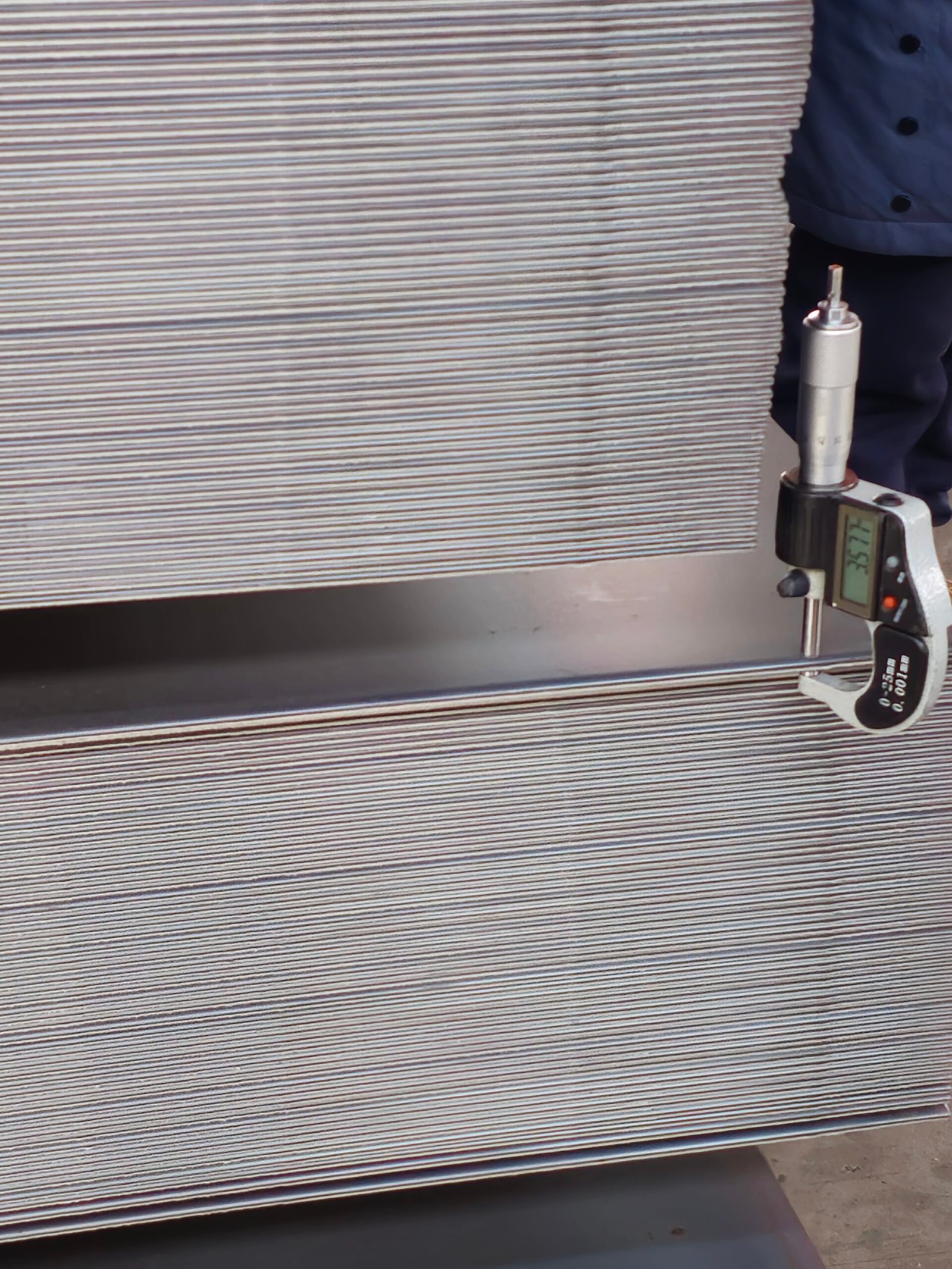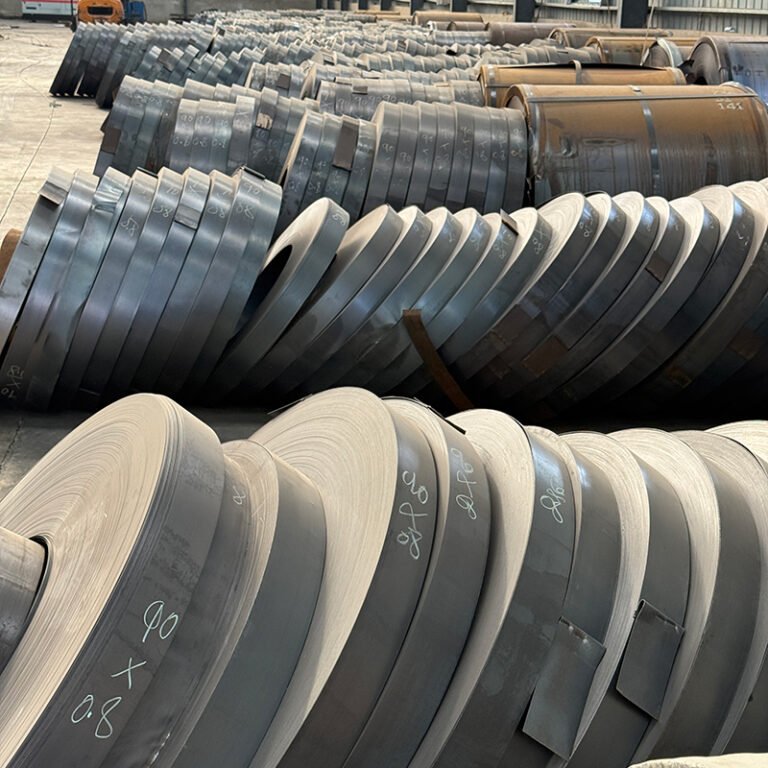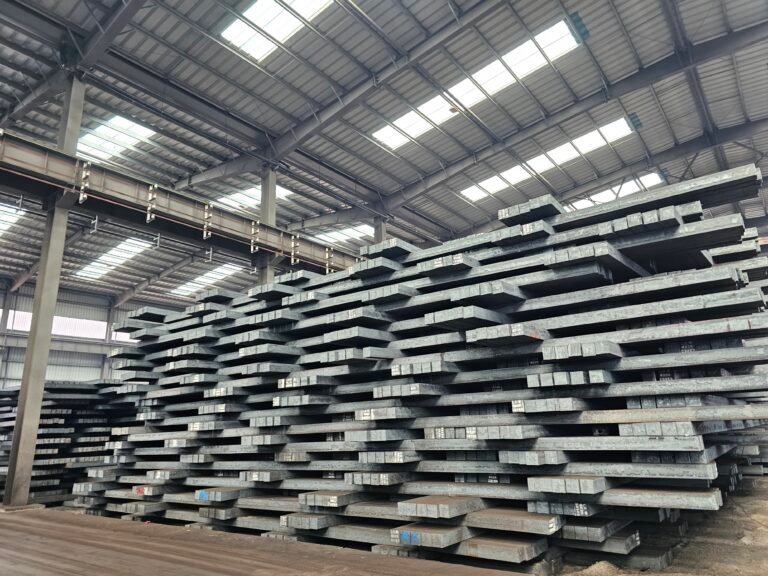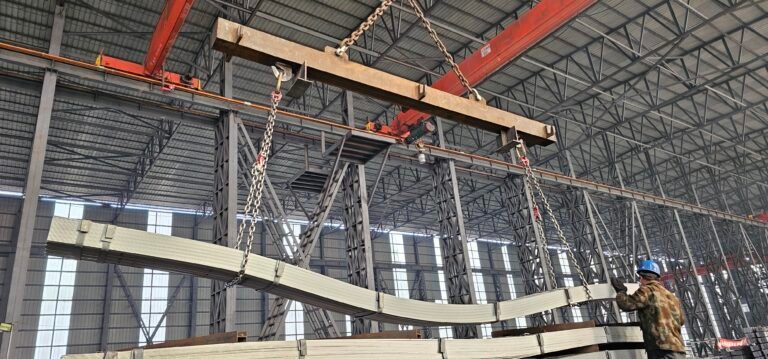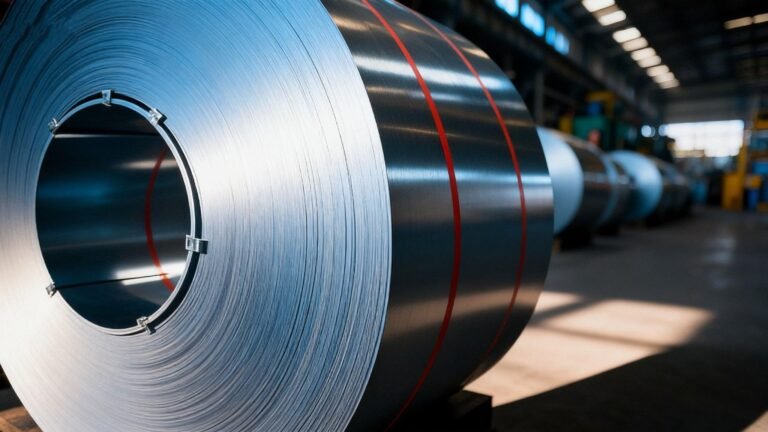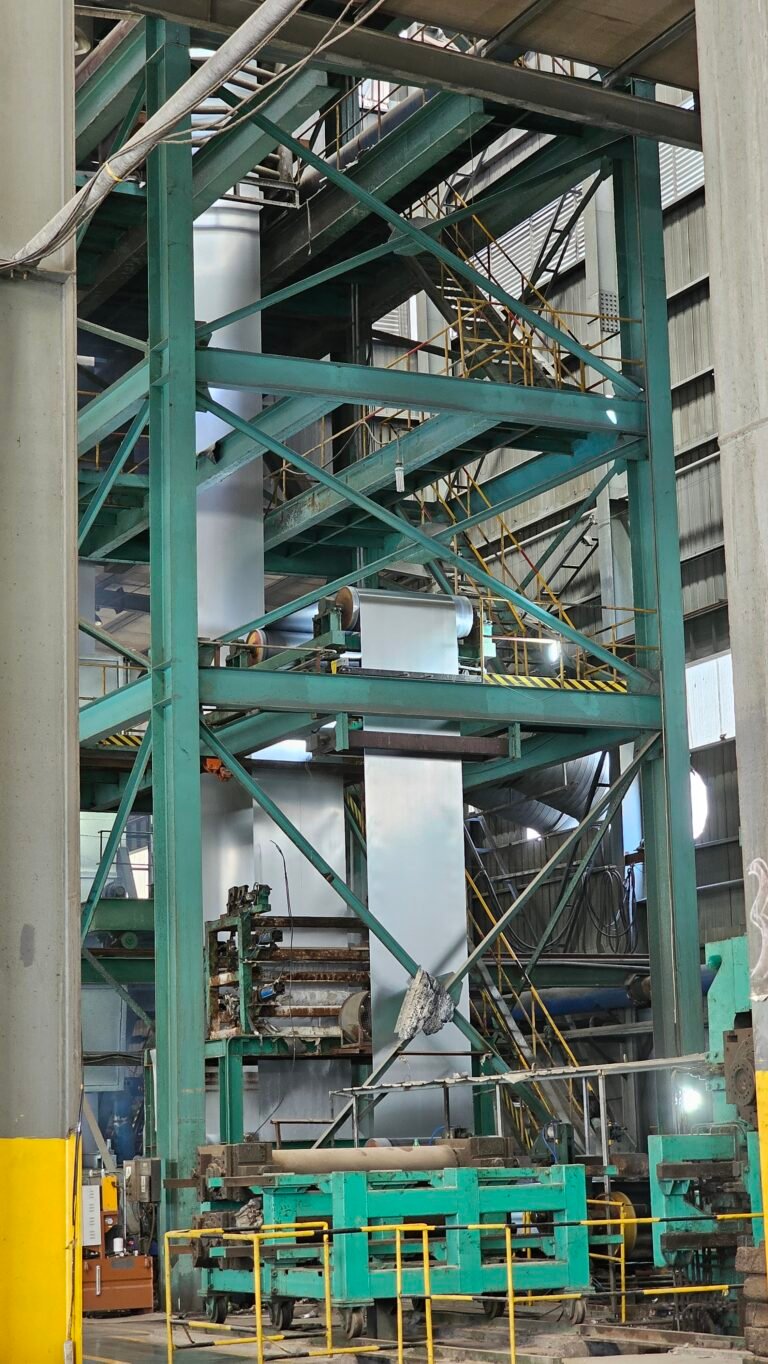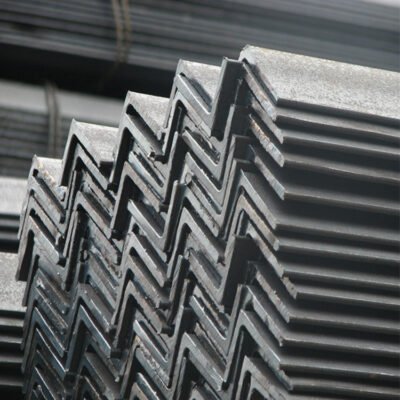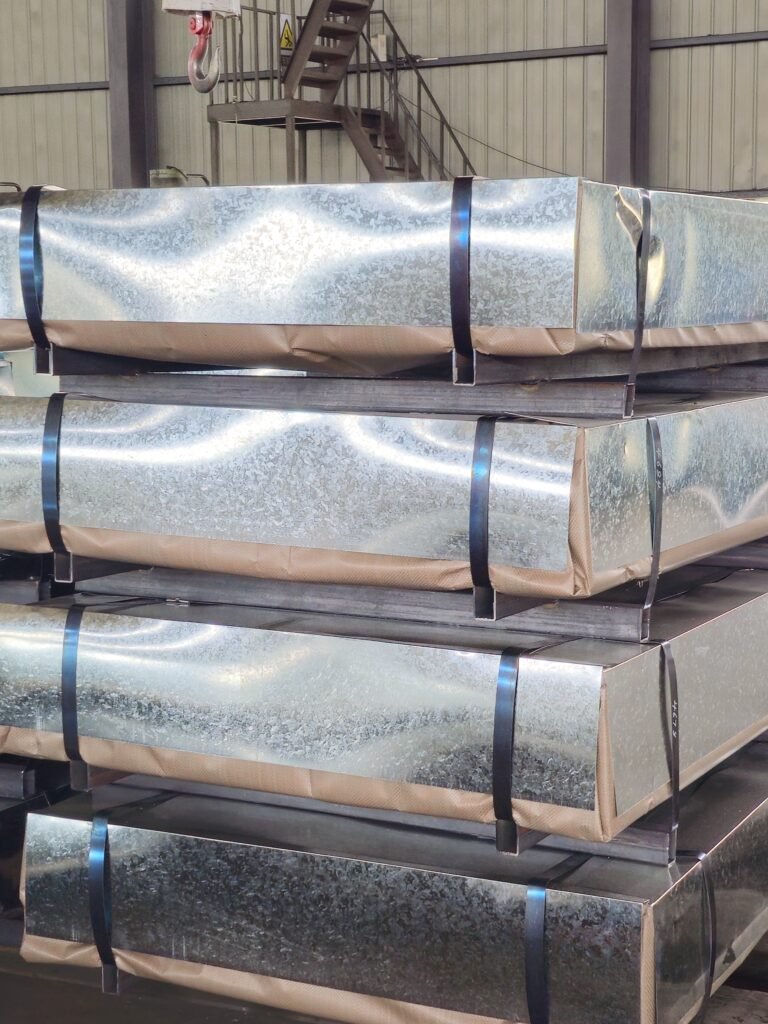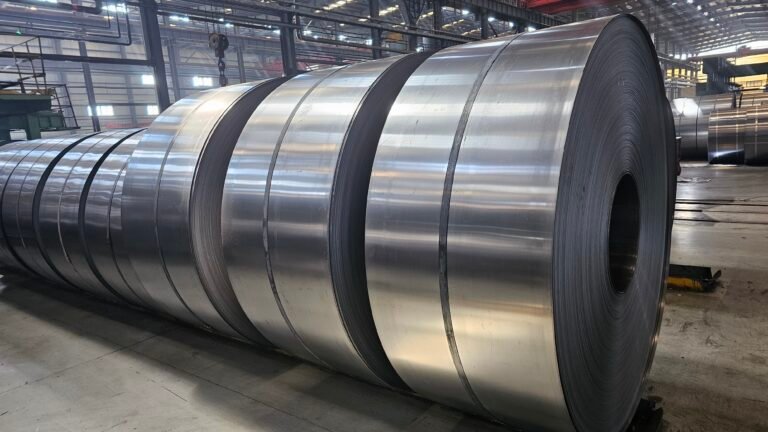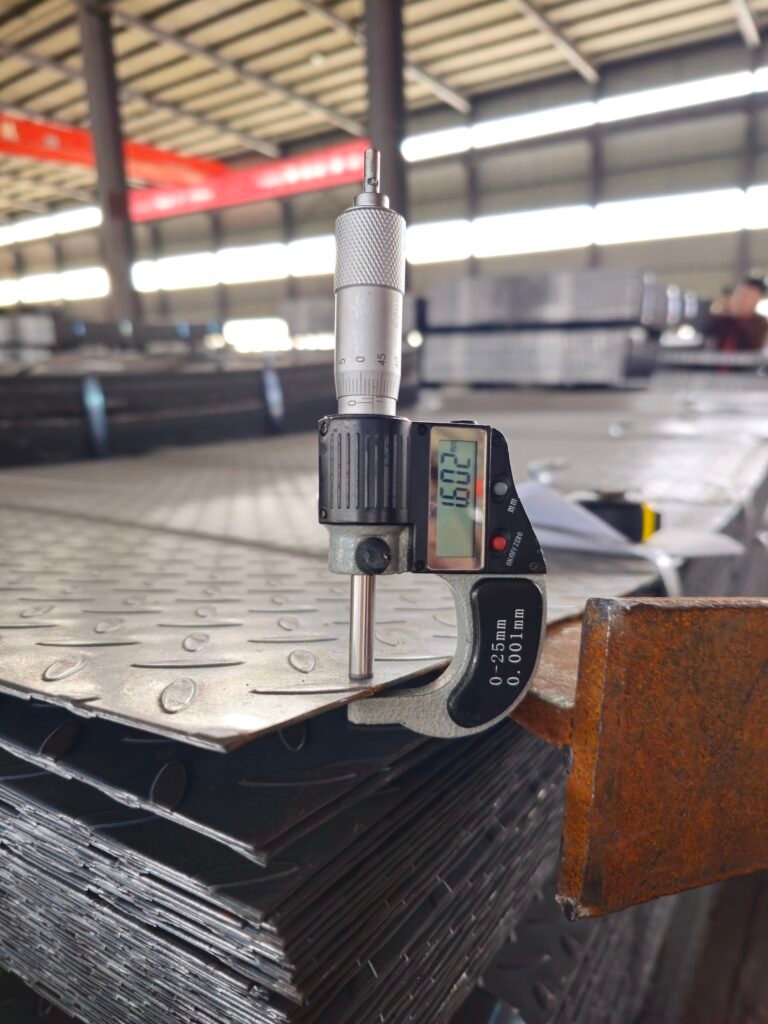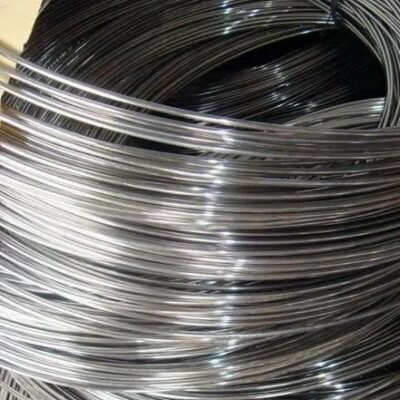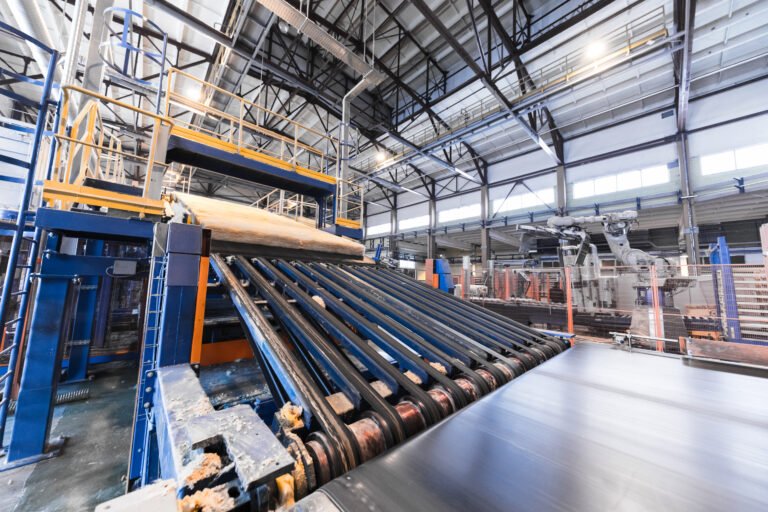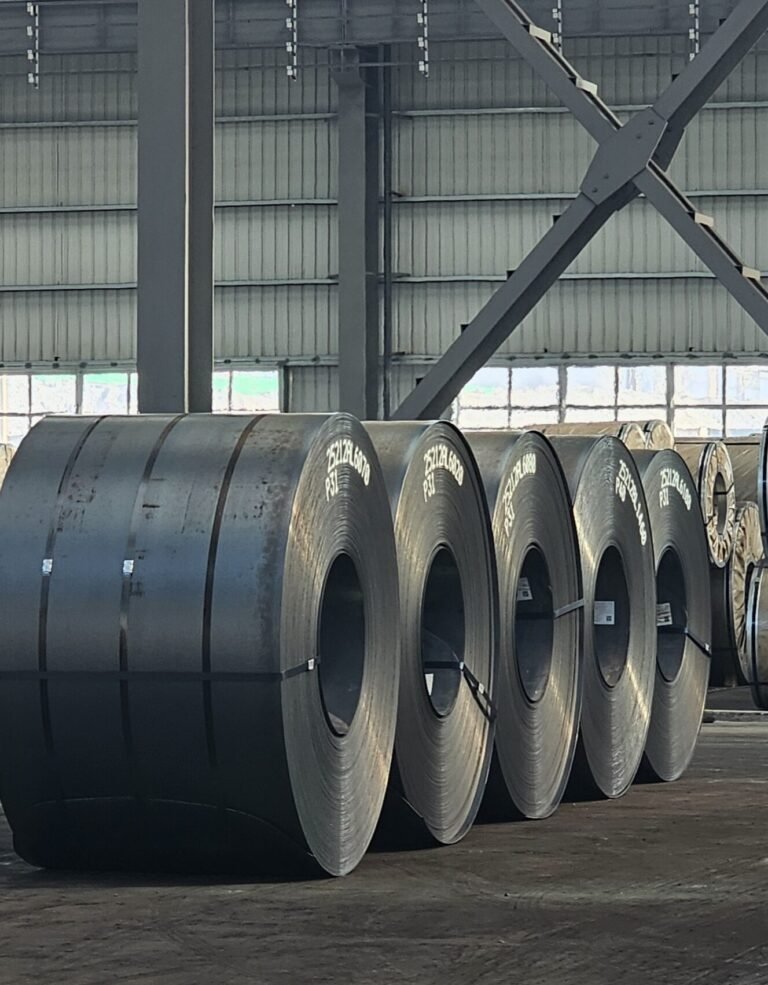Introduction
Steel is the backbone of modern industrialization, playing a critical role in infrastructure, transportation, and countless everyday products. As the world’s most widely used metal, it accounts for approximately 90% of all metal production . This versatile alloy of iron and carbon has shaped human civilization for millennia, from ancient tools to today’s skyscrapers and advanced technologies.
The global steel industry has undergone significant transformation, with production reaching over 1.8 billion tons annually . China has emerged as the dominant producer, manufacturing more than half of the world’s steel . This article provides a comprehensive overview of the steel industry, exploring its production processes, diverse applications, innovative developments, and future directions.
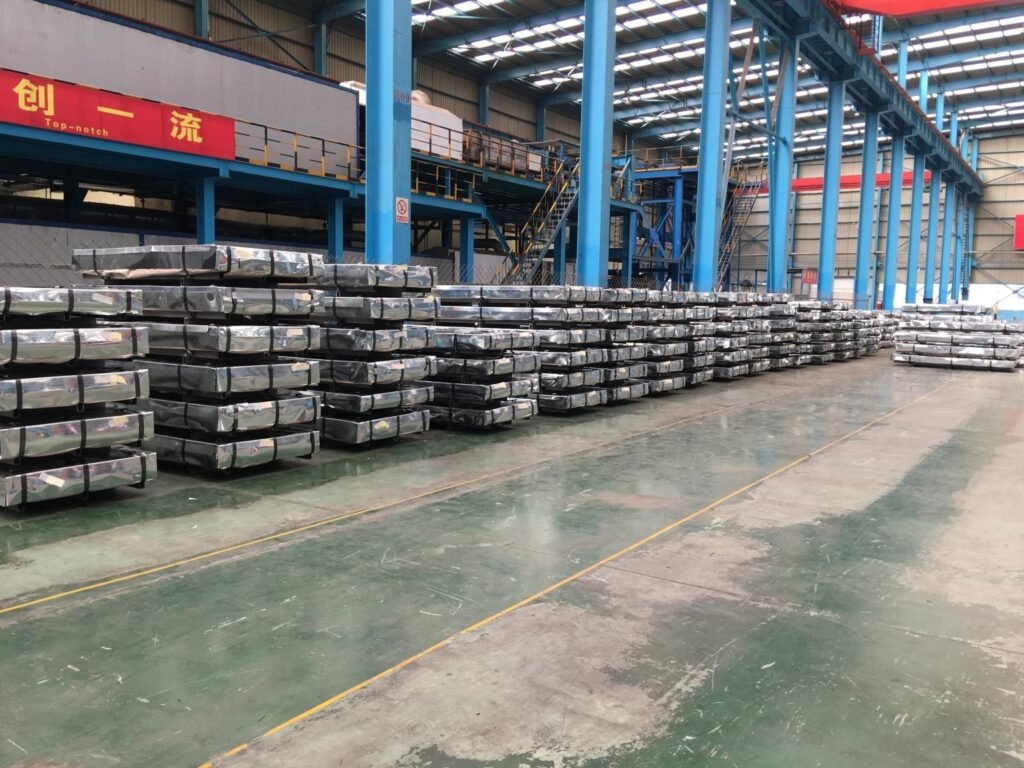
1. What is Steel? Basic Composition and Properties
1.1 Fundamental Characteristics
Steel is primarily an alloy of iron and carbon, typically containing less than 2% carbon, along with other elements like manganese, chromium, and vanadium . The addition of carbon to iron prevents the atoms from sliding past one another too easily, making the resulting material stronger than pure iron while maintaining ductility.
The term “ferrous metals” (black metals) refers to iron, chromium, and manganese, along with their alloys . Contrary to what the name might suggest, these metals aren’t actually black—pure iron and chromium are silver-white, while manganese is silver-gray. The classification originates from the observation that steel often develops a black oxide layer (Fe₃O₄) on its surface, and manganese and chromium are mainly used in producing dark-colored alloy steels .
1.2 Types of Steel and Their Characteristics
Table: Major Steel Classifications and Properties
| Type | Carbon Content | Alloying Elements | Key Properties | Common Applications |
|---|---|---|---|---|
| Carbon Steel | 0.04%-2.1% | Minimal other elements | Varying strength and ductility based on carbon content | Construction, machinery, automotive parts |
| Alloy Steel | Varies | Chromium, nickel, molybdenum | Enhanced strength, corrosion resistance | Automotive components, pipelines |
| Stainless Steel | 0.03%-1.2% | ≥10.5% Chromium | Excellent corrosion resistance | Medical equipment, cutlery, architecture |
| Tool Steel | 0.5%-1.5% | Tungsten, molybdenum, vanadium | High hardness, heat resistance | Cutting, drilling, machining tools |
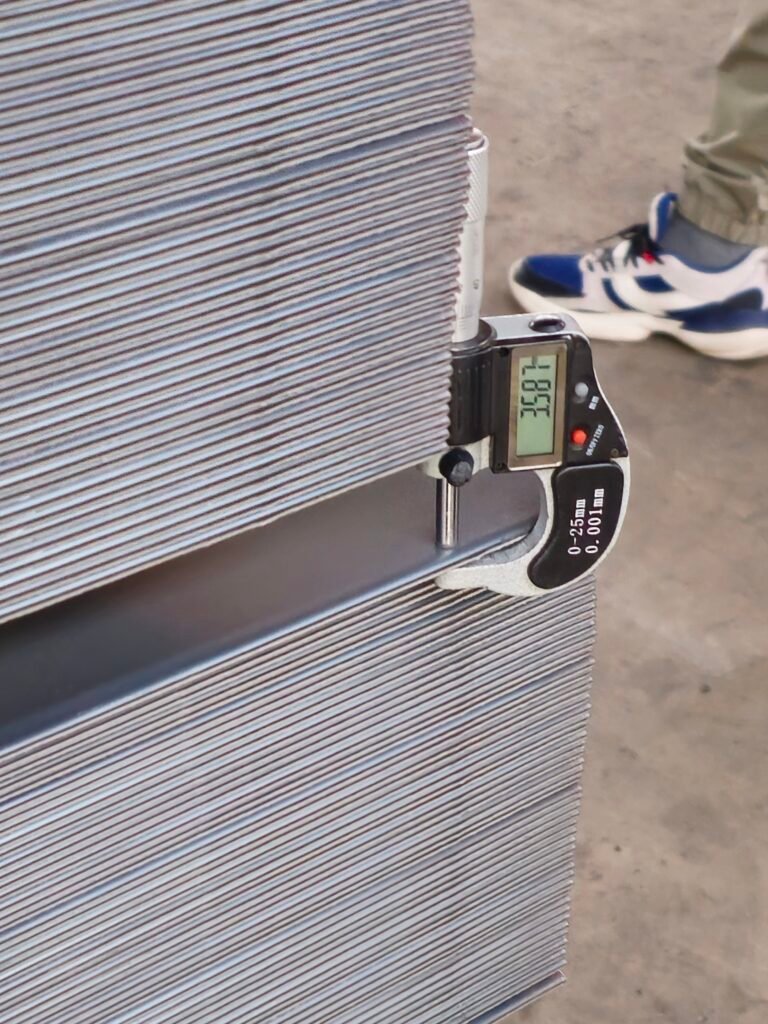
2. Steel Production Process: From Raw Materials to Finished Products
2.1 Modern Steelmaking Routes
The contemporary steel production primarily follows two main routes:
- Blast Furnace-Basic Oxygen Furnace (BF-BOF): This traditional method uses iron ore as the primary raw material and accounts for approximately 70% of global steel production . The process involves reducing iron ore in a blast furnace to produce pig iron, which is then converted to steel in a basic oxygen furnace.
- Electric Arc Furnace (EAF): This method primarily uses recycled steel as feedstock and represents about 30% of global production . EAFs melt scrap metal using electricity, making them more energy-efficient and environmentally friendly compared to traditional blast furnaces.
2.2 Key Production Stages
- Ironmaking: In a blast furnace, iron ore, coke, and limestone are heated to extreme temperatures (over 1,500°C), producing molten iron known as pig iron or hot metal . The carbon in the coke serves as both a fuel and a reducing agent, separating oxygen from the iron ore.
- Steelmaking: The pig iron from the blast furnace, containing 3-4% carbon and various impurities, is refined into steel by oxidizing excess carbon and removing unwanted elements . This is primarily accomplished through Basic Oxygen Furnaces (BOF) or Electric Arc Furnaces (EAF).
- Casting and Forming: Once refined, molten steel is cast into semi-finished forms like blooms, billets, or slabs through continuous casting . These semi-finished products are then rolled, forged, or extruded into final products such as sheets, plates, bars, and structural sections.
3. Global Steel Industry Overview
3.1 Production and Consumption Patterns
The global steel industry has experienced significant geographical shifts over recent decades. While Western countries dominated production in the early 20th century, Asia—particularly China—now leads global output.
Table: Top Steel Producing Countries (2022 Data)
| Country | Production (Million Tons) | Global Share |
|---|---|---|
| China | 1,019 | 54.0% |
| India | 125 | 6.6% |
| Japan | 89 | 4.7% |
| United States | 81 | 4.3% |
| Russia | 72 | 3.8% |
| South Korea | 66 | 3.5% |
| Germany | 37 | 2.0% |
| Turkey | 35 | 1.9% |
3.2 Major Companies and Market Structure
The global steel industry is dominated by a mix of state-owned and private enterprises. China Baowu Steel Group is the world’s largest producer, with output exceeding 100 million tons annually . Other major players include ArcelorMittal (Luxembourg-based but with global operations), HBIS Group (China), Nippon Steel (Japan), and POSCO (South Korea).
The industry has undergone significant consolidation through mergers and acquisitions to achieve economies of scale, enhance operational efficiency, and expand market reach. Regional differences in production methods exist, with developed economies typically utilizing more electric arc furnaces (higher scrap metal usage), while developing economies rely more heavily on basic oxygen furnaces (primary iron production).
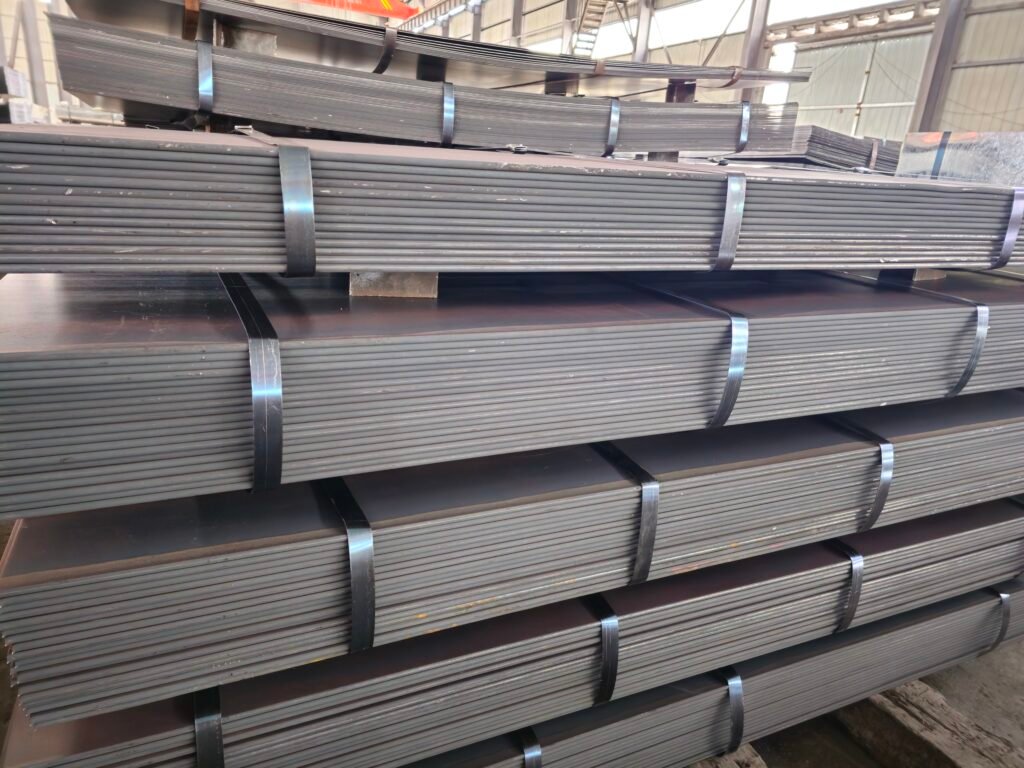
4. Steel Applications Across Industries
4.1 Construction and Infrastructure
The construction sector is the largest consumer of steel, accounting for approximately 50% of global steel demand . Steel’s strength, durability, and versatility make it ideal for various construction applications:
- Structural Sections: Beams, columns, and reinforcement bars form the skeleton of buildings, bridges, and other infrastructure.
- Reinforcing Bars: Embedded in concrete to enhance its tensile strength, crucial for foundations, columns, and beams.
- Plates and Sheets: Used in building frameworks, bridges, and industrial structures.
Iconic structures like the “Bird’s Nest” National Stadium in Beijing (utilizing 42,000 tons of steel) and the Beijing Daxing International Airport (130,000 tons of steel) demonstrate steel’s critical role in modern architecture .
4.2 Automotive and Transportation
The automotive industry is the second-largest steel consumer, with approximately 900 kg of steel used in the average vehicle . Automotive applications include:
- Body Panels and Structural Components: Providing strength and crash protection
- Engines and Chassis: Withstanding high temperatures and stresses
- Wheels and Suspension Systems: Ensuring durability and safety
Additionally, steel is essential in shipbuilding (container ships, tankers), railroad tracks and rolling stock, and aviation infrastructure.
4.3 Industrial Machinery and Equipment
Steel’s versatility extends to countless industrial applications:
- Machine Tools: Lathes, milling machines, and presses
- Mining and Construction Equipment: Excavators, bulldozers, and drills
- Agricultural Machinery: Tractors, harvesters, and irrigation systems
- Energy Infrastructure: Pipelines, rigs, and power generation equipment
5. Innovation and Sustainability in the Steel Industry
5.1 Green Steel Initiatives
The steel industry accounts for approximately 7-9% of global CO₂ emissions , making sustainability a critical focus. Several innovative approaches are being developed to reduce the industry’s environmental impact:
- Hydrogen-Based Reduction: Using green hydrogen instead of carbon as a reducing agent, producing water vapor instead of CO₂
- Carbon Capture, Utilization, and Storage (CCUS): Capturing emissions from steel plants for reuse or secure storage
- Electrification of Processes: Replacing carbon-intensive methods with electric alternatives
- Material Efficiency: Optimizing designs to use less steel without compromising performance
Companies like Baowu Steel have implemented the Möbius strip concept in their logo, representing the continuous cycle of steel production and recycling, highlighting their commitment to sustainability .
5.2 Technological Advancements
The industry has made significant strides in developing advanced high-strength steels (AHSS) that provide superior strength-to-weight ratios, enabling lightweighting in automotive and other applications without compromising safety . Other innovations include:
- Smart Steels: Embedded with sensors to monitor structural health in real-time
- Self-Healing Coatings: Automatically repairing scratches or damage to prevent corrosion
- Additive Manufacturing: 3D printing with steel powders for complex components
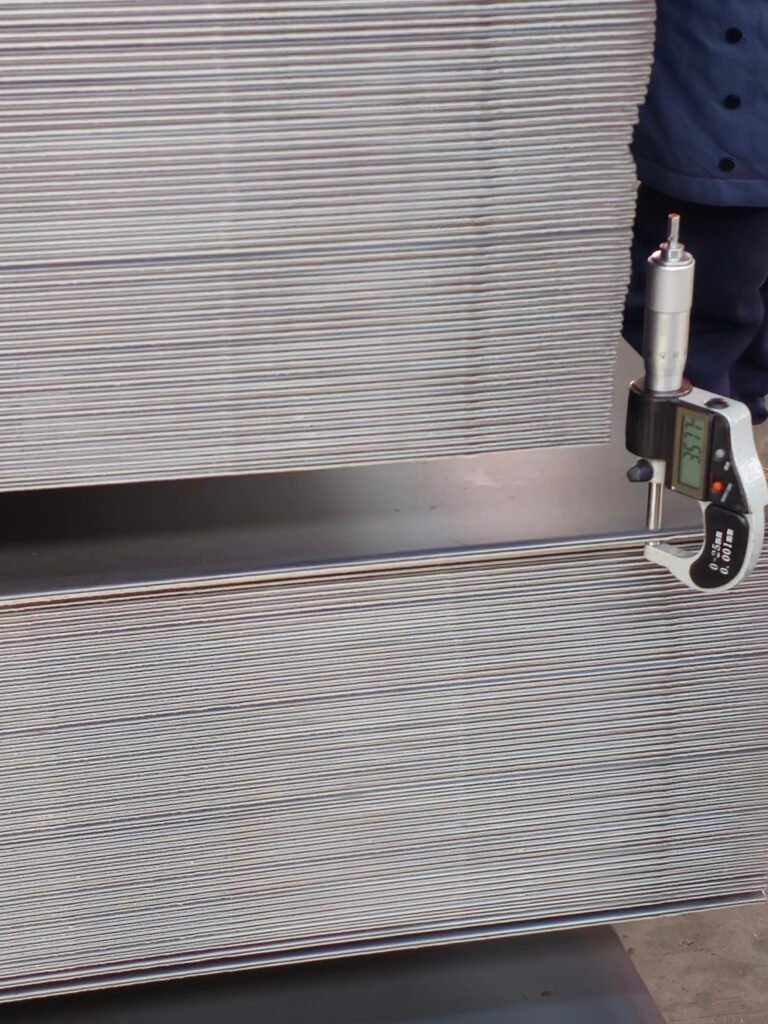
6. Future Outlook and Challenges
The steel industry faces several challenges and opportunities in the coming decades. Environmental regulations will continue to tighten, pushing manufacturers toward greener production methods. The industry must also address its dependence on coking coal as a reducing agent and transition to low-carbon alternatives.
The global distribution of production is likely to continue evolving, with developing economies increasing their share as developed markets focus on high-value, specialized products. The circular economy will become increasingly important, with greater emphasis on recycling and reusing steel products.
Despite the emergence of alternative materials, steel’s unique combination of strength, durability, recyclability, and cost-effectiveness ensures its continued importance in the global economy. As technologies advance and sustainable practices become more widespread, steel will remain fundamental to building the infrastructure of tomorrow.
Conclusion
Steel’s remarkable journey from a mysterious metal worshipped by ancient civilizations to the backbone of modern industry demonstrates its unique properties and adaptability. As we look to the future, the steel industry continues to evolve, embracing digitalization, sustainability, and innovative production methods to meet the challenges of the 21st century.
From the tallest skyscrapers to the vehicles we drive and the appliances in our homes, steel remains an indispensable material that continues to shape our world. As the industry addresses its environmental impact through technological innovations, steel is poised to remain the material of choice for construction, manufacturing, and countless other applications for decades to come.
